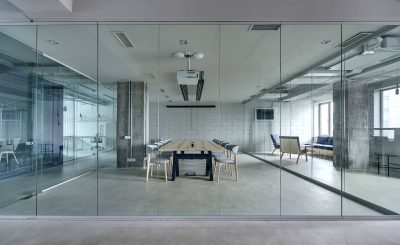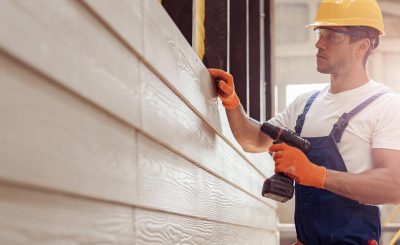Gutters play a crucial role in protecting your home from water damage. They efficiently channel rainwater away from the foundation, preventing leaks, erosion, and basement flooding. However, gutters don’t last forever. Wear and tear, along with harsh weather conditions, can compromise their functionality.
Let’s get started!
Top Signs You Need Gutter Replacement or Seamless Gutter Installation
Here are five key signs that indicate it’s time to consider either gutter replacement or seamless gutter installation.
1. Visible Damage to Gutter Components:
Regular inspections of your gutters are essential for early detection of potential issues. Look for signs of physical damage, such as cracks, dents, or rust on the gutter sections or downspouts. Damaged gutters may leak or become misaligned, hindering their ability to effectively channel water away from your home.
Additionally, check for loose or missing gutter hangers or fasteners. Addressing minor issues promptly can prevent more extensive gutter replacement down the line.
2. Pooling Water Around Your Foundation:
Pooling water around your foundation is a telltale sign of a gutter problem. If your gutters are clogged, damaged, or improperly angled, water may overflow or drip near the foundation, potentially leading to leaks, basement flooding, and foundation cracks.
Pay close attention to areas where water seems to consistently accumulate after rainfall. This can indicate clogged sections, improper gutter slope, or the need for an extension on your downspouts to direct water further away from your home.
3. Water Damage on Fascia Boards and Soffits:
The fascia board and soffit are located under the roof’s overhang and directly above the gutters. If your gutters are malfunctioning, overflowing water can damage these exposed wooden components. Look for signs of rot, peeling paint, or warped wood on the fascia board and soffit.
Left unaddressed, water damage in these areas can lead to costly repairs and potential structural issues. Early detection and addressing the root cause, whether through gutter replacement or clogged gutter cleaning, can prevent such problems.
4. Frequent Clogged Gutters:
Clogged gutters are a common problem, especially in areas with heavy foliage. Leaves, debris, and even small animal nests can accumulate in the gutters, preventing proper water flow. While regular cleaning can help manage clogs, excessively frequent blockages might point to a larger issue.
For instance, the size or design of your existing gutters may not be adequate to handle the amount of rainwater in your area. In such cases, considering seamless gutter installation might be a more long-term solution. Seamless gutters offer a continuous design with fewer seams, minimizing potential clogging points and improving overall water flow efficiency.
5. Inefficient Drainage and Overflowing Gutters:
If your gutters constantly overflow during rain, it’s a clear sign they’re not functioning properly. This could be due to several factors, such as improper slope, inadequate gutter size, or clogged downspouts. Overflowing gutters not only defeat the purpose of a gutter system but can also cause water damage to siding, windows, and landscaping.
Addressing the underlying cause, whether through adjustments, cleaning, or even seamless gutter installation if the existing system is inadequate, can ensure efficient drainage and prevent potential water damage.








